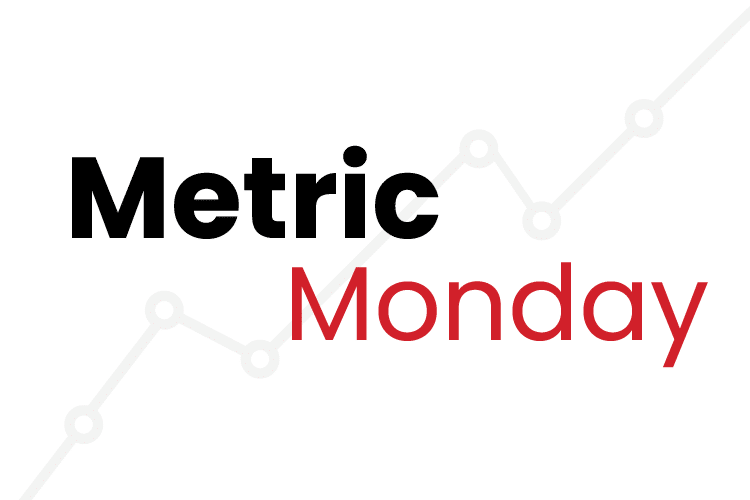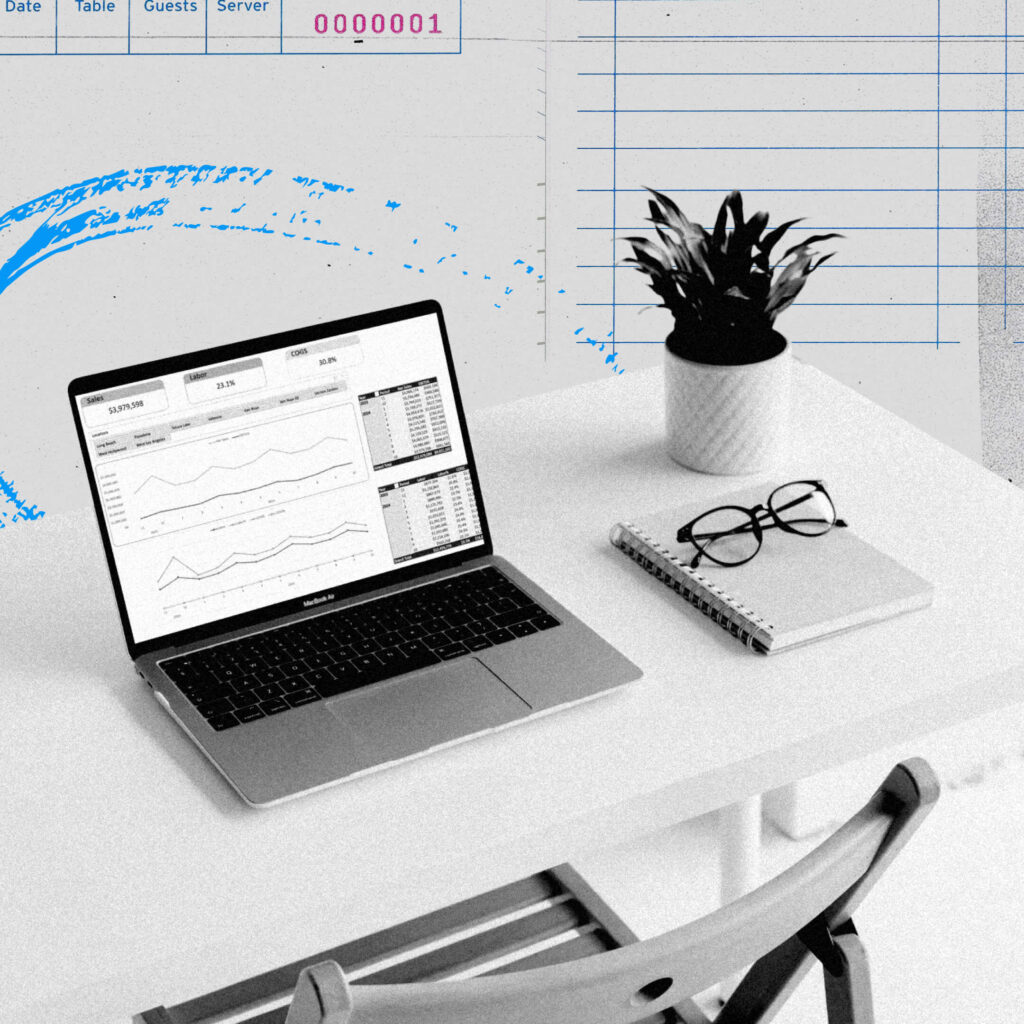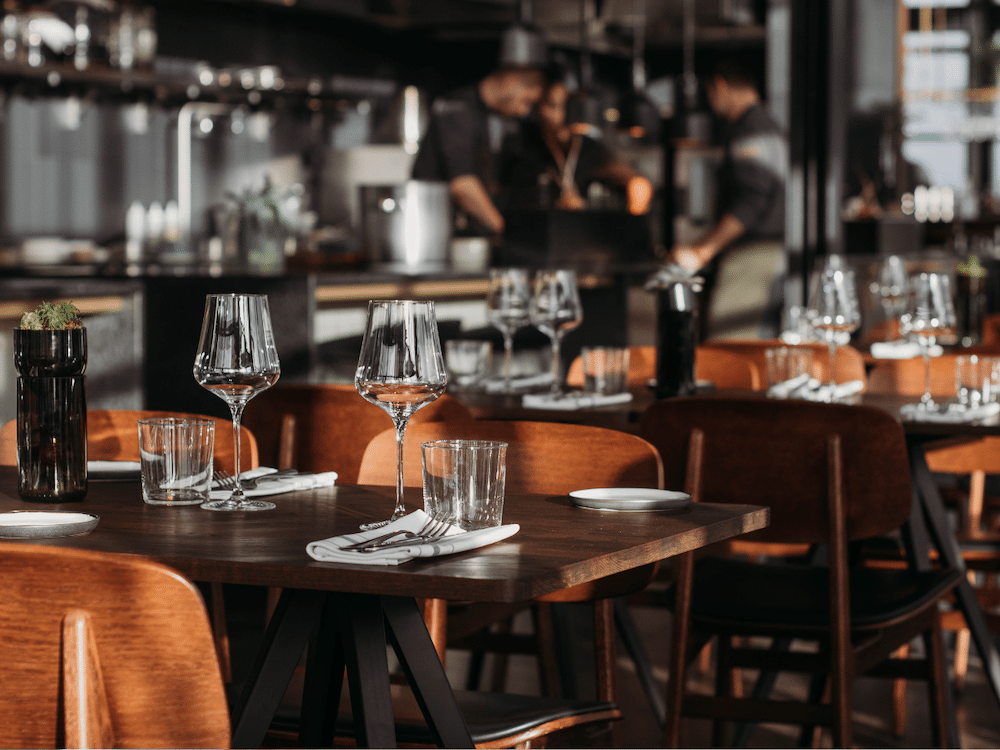Restaurant labor costs refer to the expenses incurred in compensating the staff, including salaries, wages, benefits, and other related costs. Understanding and managing these costs is crucial for the success of any restaurant.
Keeping labor costs in check are one of the biggest ongoing challenges of restaurant operators. According to a survey of Restaurant365 customers in December of 2022, over 90% of operators considered finding and retaining employees to be their biggest challenge. But even when your establishment is fully staffed, keeping costs low is still a major issue. With over 20 states having passed legislation to raise their minimum wage sometime in 2023, the issue of labor costs will only continue to be an obstacle for restaurants. Let’s delve a little deeper into restaurant labor costs and how to manage them effectively.
The Importance of Managing Restaurant Labor Costs
Labor costs are a significant expense for any restaurant, and they can significantly impact a restaurant’s profitability. An old rule of restaurant expenses used to be the 30/30/30/10 breakup, with 30% for labor costs, 30% for food costs, 30% for overhead, and 10% in net operation profit (NOP).
In today’s environment, with rising labor costs, this model has changed. For most restaurants, labor costs typically run closer to 35% of total expenses, making them the new highest expense over food costs. With overhead costs usually being more fixed, many have looks to reduce food costs to compensate for the rising labor costs. That said, labor costs can vary depending on the type of restaurant, location, and other factors.=
Poor management of labor costs can lead to several problems for restaurants, including lower profits, cash flow problems, and employee retention issues. When labor costs are high, restaurant owners may have to increase their menu prices, which can drive away customers. On the other hand, if labor costs are too low, employees may feel undervalued, leading to high turnover rates and lower morale.
Understanding the Different Types of Restaurant Labor Costs
Restaurant labor costs can be broken down into two categories: direct and indirect costs.
Direct costs include wages, salaries, and other compensation paid to the employees who are directly involved in the production or service delivery process. These may include servers, cooks, and bartenders, among others. Direct costs are usually the most significant component of restaurant labor costs.
Indirect costs, on the other hand, include expenses associated with employee benefits, such as health insurance, retirement plans, and workers’ compensation insurance. Other indirect costs may include training expenses, uniform and equipment costs, and payroll taxes.
To calculate your restaurant labor costs, you can use our free calculator.
Tips for Managing Restaurant Labor Costs
Managing restaurant labor costs requires careful planning and execution. Below are some tips that can help restaurant owners manage their labor costs effectively:
Analyze Labor Costs Regularly
Restaurant owners should review their labor costs regularly to identify areas of inefficiency and make necessary adjustments. They can use software solutions to track labor costs, including employee hours, wages, and other related expenses. Below are a few top reports to track regularly in your restaurant management software, but you can find a more detailed list on tracking and analyzing costs here.
Labor Actual vs. Scheduled: Like your AvT food cost report, your labor actual vs. scheduled analysis compares your scheduled labor cost, in theory, versus what you spent on labor during a specific period. This is your labor variance. If you have a large variance, you can drill down into details attached to the data points, like the job titles, exact date, and employee name to identify and correct the issue(s).
Sales Per Labor hour (SPLH): Sales per labor hour tracks sales together with your labor hours. SPLH is a key indicator of labor productivity. It tracks which service times are the most productive, and which need improvement.
With information from your POS system, you can track time for staff alongside sales reports. A high SPLH may indicate that your shifts are understaffed, which can result in a poor customer experience, as well as negative employee morale. A low SPLH suggests employee scheduling issues like overstaffed shifts. Knowing the optimal goal for SPLH, broken down by day part, can help you maximize the results of your labor spend.
Customers Served Per Labor Hour: In addition to SPLH, tracking customers served per labor hour is also a useful number to track. This exact metric may shift by day part or day of the week but having a customers served goal can help you recognize scheduling issues of under or over staffing, allowing you to maximize how you are allocating your labor hours.
Optimize Scheduling
Efficient scheduling can help restaurants reduce labor costs significantly. Restaurant owners should schedule their employees based on the anticipated demand for the day, week, or month. They should also consider the availability and skill level of their employees when scheduling shifts.
Scheduling restaurant staff requires considering everything from staff availability to accounting. Employers need to juggle each employee’s personal schedule, time off requests, and labor compliance laws. In addition, a restaurant manager needs to consider operations, accounting for different shift needs, the labor costs budget, and special events. Finally, to keep staff satisfied and reduce employee turnover, a manager needs to take into account overtime, tipped shifts, and total weekly hours.
Learn more about creating a restaurant schedule.
Cross-Train Employees
Cross-training employees can help restaurants reduce labor costs by ensuring that there is always someone available to handle different tasks. Cross-trained employees can help fill gaps during peak periods or when another employee calls in sick.
Implement Technology Solutions
Technology solutions such as point-of-sale systems, inventory management software, and online ordering systems can help restaurants streamline their operations and reduce labor costs.
If you’d like to get the tools you need to track and optimize labor costs, consider an all-in-one restaurant management system. Restaurant365 incorporates labor reporting, restaurant accounting, restaurant operations, inventory management, payroll + HR, and scheduling into a cloud-based platform that’s fully integrated with your POS system, as well as to your food and beverage vendors, and bank.
Focus on Employee Retention
High employee turnover rates can significantly increase labor costs due to the cumulative time spend on the hiring process and retraining new employees. Restaurant owners should focus on creating a positive work culture, offering competitive compensation and benefits, and providing opportunities for growth and development to retain their employees.
There are many components of workplace culture, but making an effort towards a social cause like lowering your carbon footprint or using locally-source ingredients are a few ways to attract employees, particularly younger workers who are passionate about these causes. It changes the perception of work and its meaning.
Conclusions
In conclusion, managing restaurant labor costs is crucial for the success of any restaurant. Restaurant owners should regularly review their labor costs, optimize scheduling, cross-train employees, implement technology solutions, and focus on employee retention to reduce labor costs and improve profitability. By effectively managing their labor costs, restaurant owners can create a sustainable business that provides high-quality food and excellent customer service while maximizing profits.



